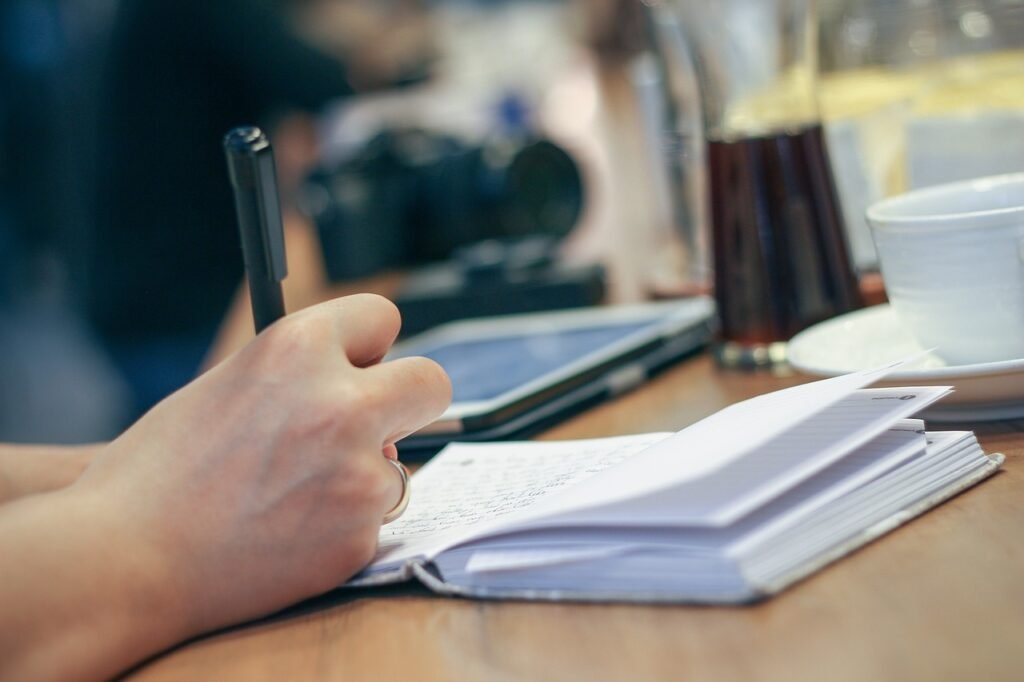That feeling when you sit down at your desk, ready to tackle your to-do list, only to find your mind flitting from one tab to another, from email notifications to random thoughts about dinner? You’re not alone. In today’s hyper-connected workplace, distractions are everywhere, and maintaining focus can feel like an uphill battle. It’s a common frustration, leaving us feeling less productive, more stressed, and often wondering where the day went.
But what if there was a way to cut through the noise, sharpen your mental clarity, and truly immerse yourself in your work? The answer might surprise you: mindfulness. Often associated with quiet meditation, mindfulness offers a practical and powerful set of tools you can integrate directly into your workday to enhance your focus, boost your productivity, and even reduce workplace stress.
Think of mindfulness as a mental workout for your attention muscle. Just as physical exercise strengthens your body, mindfulness strengthens your ability to stay present, manage distractions, and direct your cognitive resources where they matter most. This blog post is your guide to understanding how mindfulness can revolutionize your workday and provide you with actionable techniques you can start using today to unlock your productivity power.

Table of Contents
The Focus Factor: Why Mindfulness is Your Workplace Advantage
In a work environment rife with emails, meetings, instant messages, and social media notifications, our attention is constantly being pulled in multiple directions. This “attention deficit trait,” as some experts call it, hinders deep work, increases errors, and contributes to feelings of overwhelm.
Mindfulness provides a direct antidote by helping you:
- Train Your Attention: Mindfulness exercises specifically target your ability to focus on a chosen object (like your breath or the task at hand) and gently redirect your attention when it wanders.
- Reduce Distractibility: By becoming more aware of your thoughts and the urge to switch tasks, you can learn to observe these distractions without automatically acting on them, allowing you to stay on track.
- Enhance Cognitive Flexibility: Mindfulness practices can improve your ability to shift your attention effectively when needed and to return to your primary task without losing momentum.
- Manage Stress and Anxiety: Workplace stress often clouds our thinking and makes it harder to concentrate. Mindfulness helps regulate the stress response, leading to a calmer and more focused mind.
- Improve Decision-Making: By cultivating a clearer and less reactive mental state, mindfulness can support more thoughtful and effective decision-making.
Research from institutions like the Harvard Business Review and others has highlighted the positive impact of mindfulness training on employee productivity, creativity, and overall well-being. Companies are increasingly recognizing the value of incorporating mindfulness programs into their workplace culture. As outlined in an article from Mindful.org, these programs can lead to improved focus, better stress regulation, and enhanced communication, ultimately contributing to a healthier and more productive work environment.
Sharpen Your Mind: Simple Mindfulness Techniques for Workplace Focus
Here are several practical mindfulness techniques you can easily weave into your workday to improve focus and productivity.
1. The Mindful Minute at Your Desk
This is a quick and easy way to reset your focus throughout the day.
- How to Practice: Set a timer for one minute. Close your eyes or soften your gaze. Bring your attention to your breath. Notice the sensation of the air entering and leaving your body. You don’t need to control your breath; simply observe its natural rhythm. When your mind wanders (and it will!), gently bring your focus back to your breath. When the timer goes off, take a moment to notice how you feel before returning to your work.
- Why it Helps Focus: This short practice acts as a mental pause, allowing you to step out of the stream of thoughts and distractions and re-center your attention. It’s like hitting a mental “refresh” button.
2. Single-Tasking with Intention
In our multitasking culture, intentionally focusing on one task at a time can feel revolutionary.
- How to Practice: Before starting a task, take a conscious breath and state your intention to focus solely on this one thing until it’s complete (or until you take a planned break). Minimize distractions by closing unnecessary tabs, turning off notifications, and letting colleagues know you need uninterrupted time. When you notice your mind drifting to other tasks or thoughts, gently bring your attention back to the task at hand.
- Why it Helps Focus: By consciously choosing where to direct your attention and minimizing distractions, you allow your brain to engage more deeply with the task, leading to higher quality work and increased efficiency.
3. Mindful Listening in Meetings
Meetings can often be sources of mental fatigue and distraction. Practicing mindful listening can make them more productive and engaging.
- How to Practice: During a meeting, consciously focus your attention on the person who is speaking. Pay attention not just to their words, but also to their tone of voice and body language. Avoid the urge to formulate your response or check your emails while others are talking. If your mind wanders, gently bring your attention back to the speaker.
- Why it Helps Focus: Mindful listening enhances your comprehension, reduces the likelihood of misunderstandings, and allows you to contribute more thoughtfully to the conversation. It also helps you stay present and engaged in the meeting.
4. Mindful Email Check-Ins
Constantly checking emails can severely fragment your attention. Schedule specific times for checking and responding to emails.
- How to Practice: Instead of keeping your inbox open and reacting to every notification, decide on 2-3 specific times during the day to check your emails. When you do, approach your inbox with focused attention. Process each email one at a time, deciding on an action (respond, delete, file) before moving to the next. Avoid getting sidetracked by other emails or tasks during your email time.
- Why it Helps Focus: By batching your email activity, you minimize interruptions to your primary tasks and regain control over your attention flow.
5. The Body Scan Break for Mental Clarity
Taking a short break to connect with your physical sensations can help clear mental clutter and improve focus.
- How to Practice: Find a quiet place (even a restroom stall or a corner of your office). Close your eyes or soften your gaze. Bring your attention to the sensations in your body, starting with your feet. Notice how they feel on the ground. Gradually move your attention up through your legs, torso, arms, neck, and head. Notice any areas of tension or discomfort. You don’t need to change anything; simply observe. After a few minutes, take a deep breath and return to your work with a renewed sense of presence.
- Why it Helps Focus: This brief body scan helps you get out of your head and into your body, providing a break from mental tasks and allowing for a reset in focus and energy.

Cultivating a Mindful Workday: Practical Tips
Making mindfulness a consistent part of your workday requires intention and practice. Here are some tips to help you build this habit:
- Start Small and Be Consistent: Begin with one or two simple techniques and practice them regularly. Even short bursts of mindfulness throughout the day can be effective.
- Set Reminders: Use calendar alerts or sticky notes to prompt you to take mindful moments.
- Create a Mindful Workspace: Organize your desk to minimize visual distractions. Consider adding a small, calming object as a visual cue for mindfulness.
- Be Kind to Yourself: Your mind will wander, and you’ll get distracted. This is normal. When it happens, gently redirect your attention back to your chosen focus without judgment.
- Integrate Mindfulness into Existing Routines: Link a mindfulness practice to something you already do regularly, like taking a mindful breath before starting a new task or after finishing a meeting.

The Focused Future of Work: Embracing Mindful Productivity
In a world that constantly demands our attention, cultivating the ability to focus is not just a productivity hack; it’s a vital skill for well-being and success. By integrating simple mindfulness techniques into your workday, you can cut through distractions, enhance your mental clarity, reduce stress, and ultimately unlock your full potential. It’s about working smarter, not just harder, and bringing a greater sense of presence and intention to everything you do.
Choose one of the mindfulness techniques described above and commit to practicing it at least three times during your workday tomorrow. Which technique will you try first? Share your plan in the comments below – we’d love to hear how mindfulness helps you unlock your productivity power!